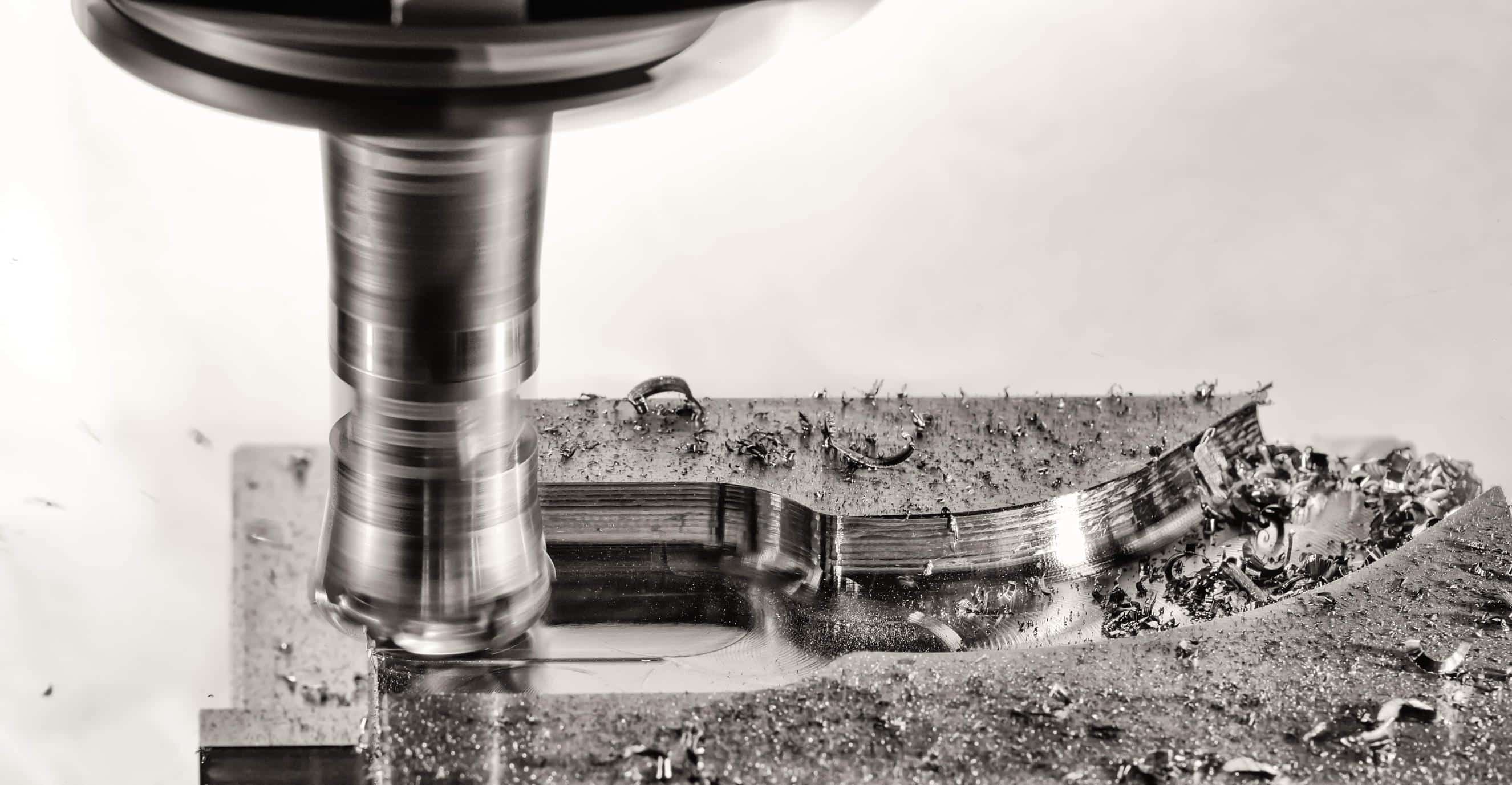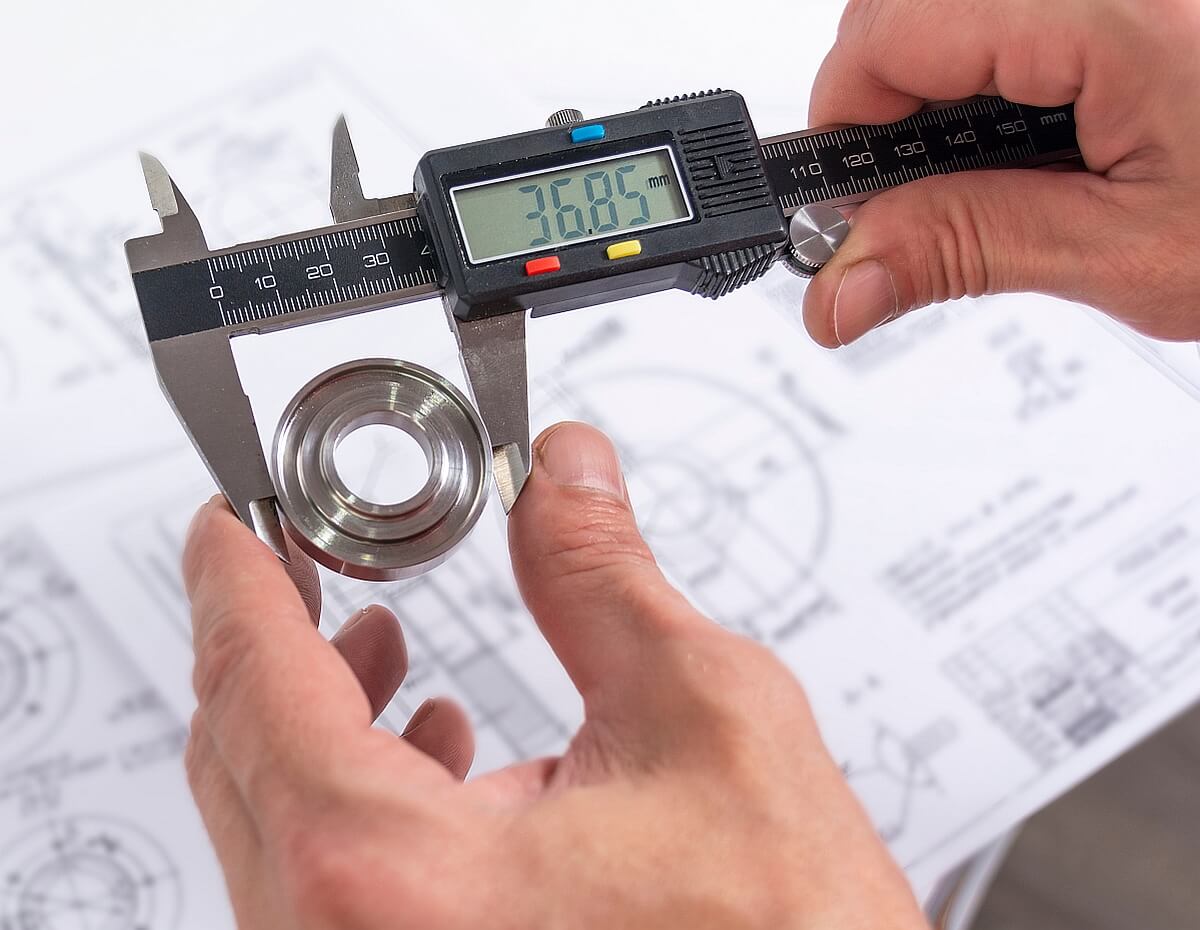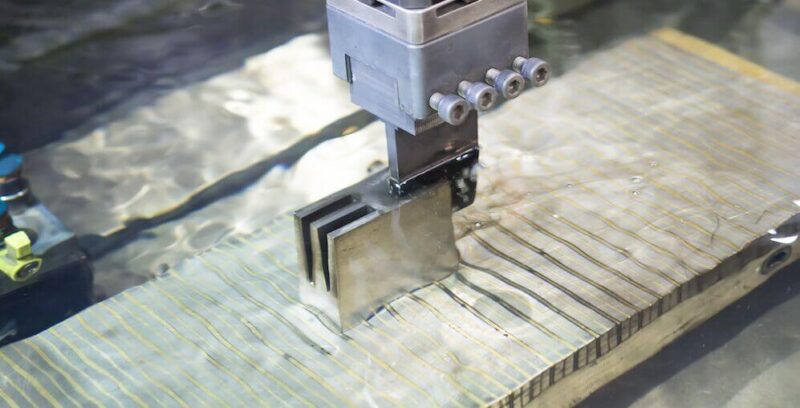In the ever-evolving landscape of modern manufacturing, CNC machining has emerged as a pivotal process, bridging the gap between innovative design concepts and tangible, precision-engineered components. This complex interplay of technology and craft involves transforming raw materials into intricately shaped parts through a meticulous sequence of operations.
From the initial sketches on a designer’s tablet to the rhythmic whir of cutting tools in action, the journey of a machined part is both fascinating and sophisticated. What makes CNC machining stand out is not just its ability to replicate designs with unfaltering accuracy, but also the artistry embedded in each step—from tooling and programming to the final touches that ensure every piece meets stringent standards.
As we delve deep into the CNC machining process, we will uncover the nuances that dictate its efficiency, explore the cutting-edge technologies driving innovations, and highlight the critical factors that can elevate a simple design into a masterpiece of engineering. Join us as we navigate this intriguing realm where creativity meets precision, revealing how each phase contributes to the creation of finished parts that can define industries.
Introduction to CNC Machining

CNC machining, or Computer Numerical Control machining, represents a revolutionary leap in the world of manufacturing, blending precision engineering with cutting-edge technology. At its core, this process, often offered by a cnc manufacturing service, transforms digital designs into tangible parts through a series of meticulously controlled movements executed by computer-driven machinery.
Picture a harmonious dance between hardware and software: a design crafted in a CAD program morphs into reality as the CNC machine skillfully carves, cuts, or mills the material to exact specifications. This intricate method not only enhances accuracy but also significantly reduces human error, enabling the production of complex geometries that would be near impossible with traditional machining techniques.
As we delve deeper into the intricacies of CNC machining, we uncover a journey that begins with a vision and culminates in the creation of precisely engineered components, each reflecting the potential of modern manufacturing.
Quality Control in CNC Machining

Quality control in CNC machining is a vital aspect that ensures the final product meets stringent specifications and high standards of precision. It begins with meticulous planning during the design phase, where potential challenges are anticipated.
Once the machining process commences, real-time monitoring is essential; operators utilize advanced measurement tools and techniques, such as coordinate measuring machines (CMM) and laser scanners, to detect deviations. This allows for immediate adjustments, preventing waste and ensuring consistency.
Furthermore, implementing statistical process control (SPC) can help analyze data trends over time, enabling proactive quality improvements and reducing variability. The integration of quality checks at multiple stages, from raw material inspection to final product evaluation, creates a robust framework that not only enhances reliability but also boosts customer confidence in the delivered components.
As industries demand ever-greater precision, these quality control measures stand as the cornerstone of effective CNC machining practices.
Future Trends in CNC Machining

As we gaze into the future of CNC machining, emerging trends are reshaping the landscape of manufacturing with an exhilarating mix of innovation and efficiency. The integration of artificial intelligence and machine learning is set to revolutionize the way CNC machines operate, allowing for smarter production processes that can learn and adapt to user needs in real time.
Meanwhile, advancements in materials science are paving the way for the use of more sophisticated composites and alloys, enabling manufacturers to create lighter, stronger parts that meet the demands of cutting-edge industries like aerospace and automotive. Moreover, the rise of additive manufacturing techniques is fostering a hybrid approach, combining traditional subtractive methods with 3D printing capabilities to enhance design flexibility and reduce waste.
As companies increasingly prioritize sustainability, CNC machining is also evolving to accommodate eco-friendly practices, such as energy-efficient machines and practices that minimize resource consumption. In this dynamic environment, staying ahead means embracing these trends, where the confluence of technology and creativity will define the next era of CNC machining.
Conclusion
In conclusion, the CNC machining process is a vital component in modern manufacturing, seamlessly transforming intricate designs into high-quality finished parts with precision and efficiency. By harnessing the power of computer-aided design and advanced machining technologies, manufacturers can achieve remarkable accuracy and repeatability, ultimately enhancing productivity and reducing production costs.
As industries continue to evolve, the demand for CNC manufacturing services will likely grow, underlining the importance of understanding this process for engineers, designers, and manufacturers alike. Embracing the intricacies of CNC machining not only facilitates innovation but also positions businesses to thrive in an increasingly competitive landscape.


